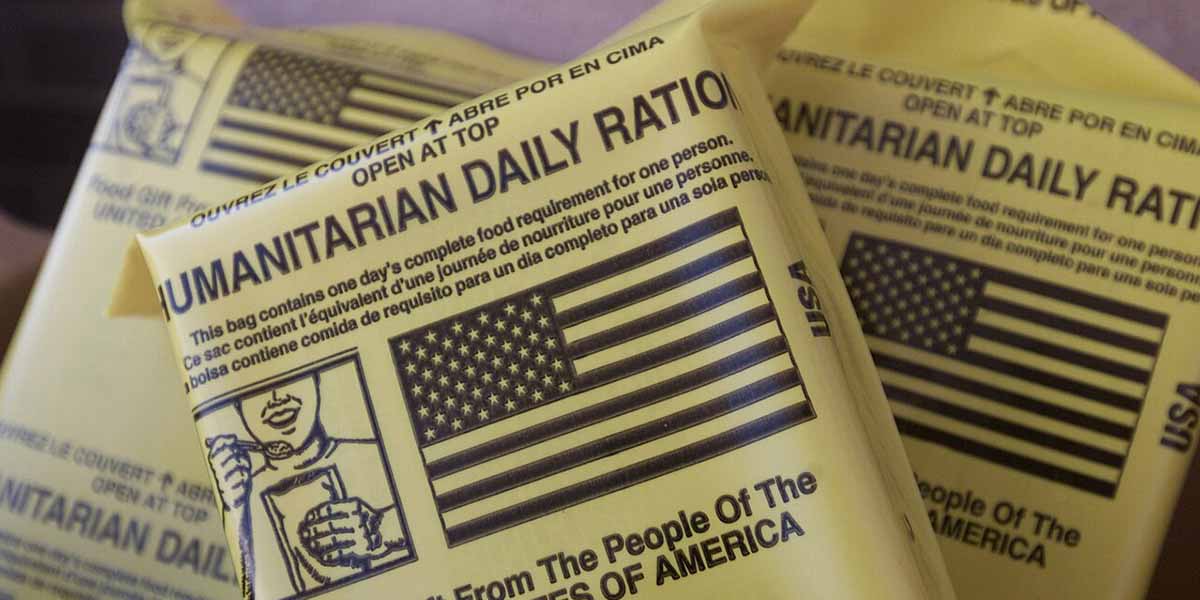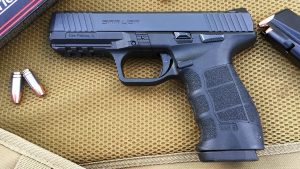The US Military started issuing Meals Ready to Eat to soldiers in the 1980s. Not surprisingly, none of the MREs were vegan. In 1996, they finally introduced some vegetarian MREs, but even today, no military MRE is entirely vegan!
While you might not be able to buy official military vegan MREs, there are other options. I’ll go over them here.
What Qualifies As an MRE?
Official military MREs have these characteristics:
- Require no cooking
- Provide approximately 1,250 calories
- Contains 13% protein, 36% fat and 51% carbohydrates
- Provides 1/3 of the Military RDA for vitamins and minerals
- 3 year shelf life when stored at 80 degrees F
- Come with a flameless heater
There are a lot of brands that sell “civilian MREs” which don’t meet these characteristics. For example, most civilian MREs have fewer calories. Most vegan MREs often lack protein.
This doesn’t necessarily mean you shouldn’t buy those MREs – but you may need to compensate by stockpiling some other survival foods.
Also read:
Vegan MRE Options
While there are no official vegan MREs, some meet the Military requirements or at least come close. None of these require any cooking.
1. Humanitarian Daily Rations
In the 1990s, the US Military introduced Humanitarian Daily Rations (HDR). These are survival meals that are intended for civilians. They would typically be air-dropped into war zones or other crisis areas.
To make the meals suitable for a wide range of dietary and religious restrictions, HDR meals do not contain animal ingredients. However, “minimal amounts of dairy products are permitted.”
Some examples of HDR menus are:
- Bean salad, Brown & wild rice w/lentils, Crackers, Raisins, Peanut butter spread, Strawberry jam, Flatbread
- Barley stew, Lentil stew, Vegetable biscuits, Fruit bar, Peanut butter spread, Jam, Fruit pastry, Shortbread cookies
- Rice & vegetables in sauce, Peas in tomato sauce, Vegetable biscuits, Fruit bar, Peanut butter spread, Jam, Fruit pastry, Shortbread cookies
About the “minimal dairy”: I read through the ingredients list on the HDR meals and couldn’t find a single dairy ingredient in them. The standard may contain traces of dairy and other allergens warnings on the ingredients list, but there is no actual dairy.
The characteristics of the Humanitarian Daily Rations are almost identical to the Military MREs. HDRs have:
- Shelf life of 3 years at 80°F
- Contain at least 2,200 calories (contain two meals)
- 10-13% protein, 27-30% fat and at least 60% carbohydrates
Where to buy Humanitarian Daily Rations?
A few people sell HDRs on Amazon and eBay. In our experience, Amazon sellers are more reliable than eBay sellers, especially if you need to return items. See the sellers here.
2. Freeze-Dried Backpacking Meals
Backpacking meals can be a good substitute for MREs – but only if the meal does not require cooking! After all, the entire point of an MRE is that you can eat it by just adding water. This is known as the “cold soak method” of preparing food in the backpacking world.
Be warned that most backpacking meals have very few calories per serving. You’ll need to eat multiple servings to meet your calorie requirements. Since the meals are pricey, this can get expensive quickly. Meals are also typically loaded with sodium and lacking nutrients.
Below is a list of vegan backpacking meals that can be made with the cold-soak method:
- Backpacker’s Pantry: Even though the instructions say to add boiling water, you can also use cold water to prepare BP meals. You’ll just have to let them soak a lot longer. You can find Backpacker Pantry’s vegan meals here.
- Good to Go: These meals are dehydrated instead of freeze dried, so the shelf life isn’t as long as an actual MRE. However, the nutrition is much better. Like with Backpacker’s Pantry meals, these say to add boiling water, but you can also make them with cold water. They have a vegan meal kit here.
- Nomad Nutrition: All of these backpacking meals are vegan and nutritious. They take much longer to rehydrate than other cold-soak meals, so it’s best to use hot water. You can see the options here.
3. DIY Vegan MREs
It is possible to make your own MREs by combining various dehydrated or freeze-dried foods with supermarket foods and then repackaging them for a longer shelf life. This can be complicated, but it is the cheapest and healthiest option. Plus, you can prepare vegan MREs that you like.
For more, read: How to Make Your Own MREs

















